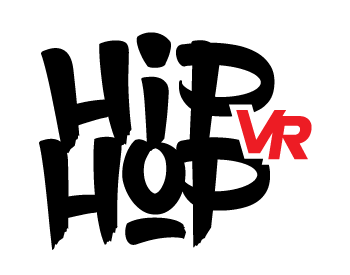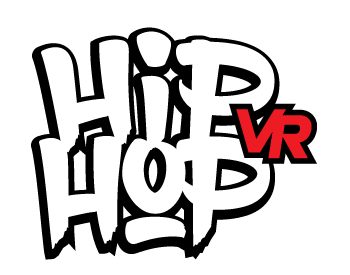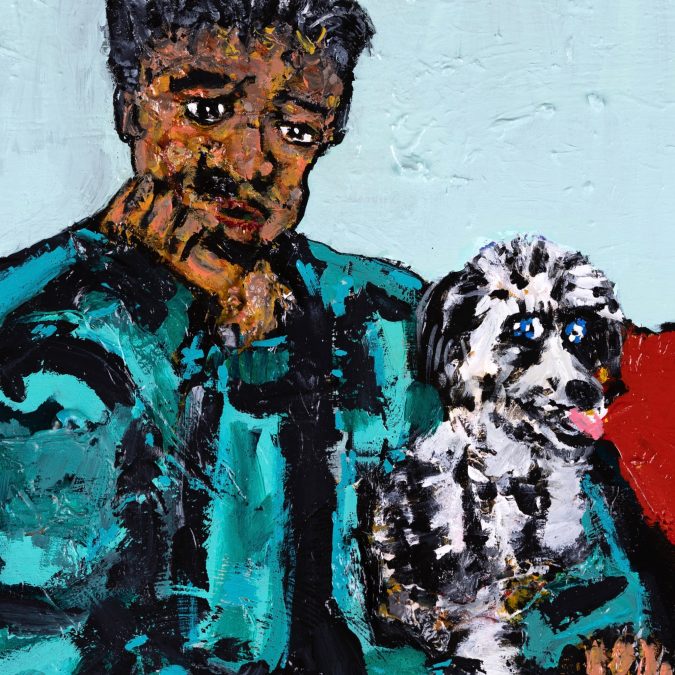In an era when hip-hop has spread to every corner of the world, Heems remains a leader in bringing South Asian customs to hip-hop’s native breeding grounds.
The Indian-American host was born and raised in Queens, New York City, and his heritage has been at the core of his work from the beginning. This niche has brought him cult status far beyond the underground status that most indie bands are destined to achieve, because there’s really no one like him.
After all, when living in the West, leaning towards almost any identity from the other side of the world – Desi, Punjabi, Hindu or Pakistani – does make it hard not to stand out. Hyams, however, has always used “otherness” to his advantage, projecting an educated, tongue-in-cheek air in various Oriental-flavored bars.
The 38-year-old singer teamed up with producer Lapgan to create what is arguably his clearest album to date for his latest album, LAFANDAR (Hindi/Urdu: mischievous, unpredictable and reckless). A few feet removed from the punk blur of his previous solo albums—the last of which was released nearly a decade ago—Heems seems to have found his match in an Indian-American beatmaker who fully understands that goal.
Released through Veena Sounds and Mass Appeal India, This 12-track LP clocks in at just over half an hour and wastes almost no space. With a sample deck packed with clips from half a world away, the operation’s sounds have plenty of room to find a tasteful balance between sociopolitical awareness and arbitrary, comical discourse reminiscent of “Operation Bronson.”
Although recurring tropes are rooted in the culture of Hyams’ origins, the album doesn’t have a binding theme other than a musing on what goes on inside a rapper’s head.Still, his lyrics have a familiar feel and the beat they slide over Listeners of South Asian descent are likely not connected to most hip-hop music in the United States and abroad.
Unserious and silly, yet smart and witty, it’s clear from LAFANDAR’s words and sounds that the two minds behind it are driven by a unique, neither here nor there experience. The opening track features lines like “I’m a kid of immigrants/Yo, I speak my native tongue, but I’m illiterate,” and “I keep mixing my V’s and W’s.”Karatika” are specific to the above conditions, which is why their relevance (something rap fans often seek) is limited in scope.
Likewise, the recurring “Himanshu” tags (the rapper’s real name, spoken in the rhythm of his Indian parents) scattered across Lapgan’s desi-flavored instrumentals, like the shimmering “Yellow Chakra” and Shen Si’s “Baba Ganoush,” do. The conditions for a subcategory are met.
Still, Hyams’s creative spirit is guided by the core ethos of craftsmanship.This is exactly why something like “fuck the queen/white woman with my nani” is such a uniquely postcolonial sentiment [Hindi/Urdu: grandmother] Jewelry” About “Yo Mama” Considering hip-hop was born out of anti-authoritarianism, that translates pretty fluently.
Of course, there is another side to Hermes that is easier to understand for those who don’t know about divine figures like Vishnu or Delhi Metro. The fiery denunciation of “fuck Sony, Universal and Warner” at the end of the film is the best illustration that his commitment to serious hip-hop is well known and recognized in the culture, otherwise he wouldn’t have Kool Keith, Sir Michael Rocks, Open Mike Eagle, Your Old Droog and Blu (just to name a few) play supporting roles on the record.
Hyams’ past with Das Racist and ongoing alliance with Riz MC and Redinho as a member of Swet Shop Boys has earned him a solid legacy, Although as a role player. Lavanda, on the other hand, exhibits all the strange and endearing qualities of him and his art—the delivery of a slacker, the precision of a surgeon, and the awareness of a pilgrim.
Release date: February 16, 2024
Record label: Veena Sounds/Mass Appeal India
Listen to Lavanda’s speech below:


